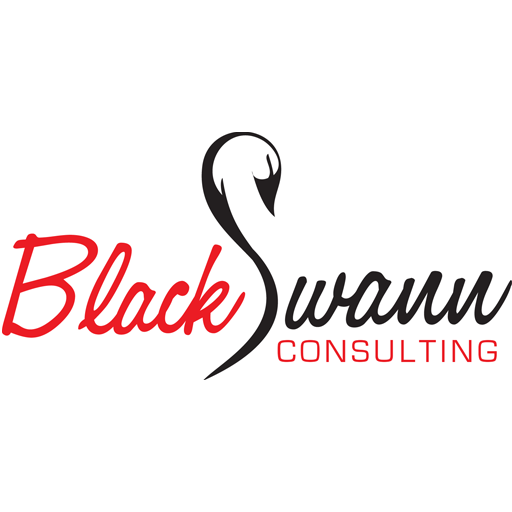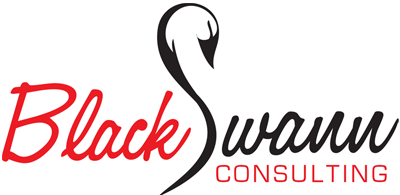 Case Study: Branding, Marketing, and Website Strategy for a Real Estate Company
Case Study: Branding, Marketing, and Website Strategy for a Real Estate Company
Overview
This case study outlines the development of a comprehensive branding, marketing, and website strategy for a real estate company. The company started as a vision shared by two agents who were transitioning from working under another agency to establishing their own brand. They approached us with no company name, logo, or digital presence.
Challenge
The main challenges included:
- Creating a brand identity from scratch, including naming, logo design, and visual identity.
- Developing a professional and user-friendly website.
- Ensuring the ability to update property listings daily.
- Providing downloadable resources (e.g., neighborhood guidebooks, factsheets).
- Integrating tools for scheduling appointments.
- Presenting demographic and employment statistics for the city to attract buyers and investors.
Solution
Branding Strategy
We began by crafting a unique and professional brand identity that would resonate with their target audience and reflect their vision.
Naming Process
- Research: Analyzed competitors and trends in the real estate industry to identify gaps and opportunities for a unique name.
- Brainstorming: Collaborated with the agents to understand their values, goals, and the type of clients they wanted to attract.
- Final Selection: Delivered a shortlist of names that balanced professionalism, creativity, and relevance. The chosen name reflected their commitment to trust, community, and excellence.
Logo Design
- Concept Development: Designed several logo concepts based on the company name and the agents’ preferences.
- Visual Identity:
- Chose a color palette that conveyed trust, sophistication, and approachability (e.g., blues, greens, or neutrals).
- Selected modern and clean typography to ensure readability and professionalism.
- Finalization: Delivered a polished logo and branding guidelines, including usage rules for digital and print media.
Website Strategy
The website was designed to reflect the new brand identity while providing functionality for clients. Key elements included:
- Standard Pages:
- Home: A visually engaging introduction to the company, featuring the logo, tagline, and featured properties.
- About: A page detailing the company’s mission, values, and the story behind its founding.
- Contact Us: A user-friendly form with contact details and office locations.
- Our Team: Profiles of the founders and other team members to build trust and credibility.
- Properties: A dynamic and searchable database of property listings.
- Developments: Dedicated pages for new and ongoing projects.
- Resources: Downloadable factsheets, guidebooks, and neighborhood insights.
- Key Functionalities:
- Daily Updates: A backend system for updating property listings.
- Appointment Scheduling: Integrated tools for clients to book meetings with agents.
- Downloadable Resources: PDFs of neighborhood guidebooks, factsheets, and city statistics.
- Demographics and Employment Stats: A section showcasing city data to attract buyers and investors.
Marketing Strategy
The marketing plan was tailored to the real estate industry and aligned with the company’s new branding.
Social Media Presence
- Competitor Analysis: Identified effective strategies used by other real estate companies and uncovered gaps to exploit.
- Content Strategy:
- Educational Content: Neighborhood insights, city statistics, and home-buying tips.
- Promotional Content: Property listings, virtual tours, and client testimonials.
- Engaging Content: Polls, Q&A sessions, and interactive posts about local events.
- Posting Schedule: Created a consistent calendar for social media posts to maintain engagement.
Target Audience
The strategy focused on:
- Homebuyers: Individuals seeking residential properties.
- Investors: Buyers interested in commercial properties or developments.
- Relocators: People moving to the city and looking for guidance on neighborhoods and amenities.
Content Creation
Developed a variety of content types, including:
- Neighborhood Guidebooks: Downloadable PDFs highlighting schools, amenities, and lifestyle in various neighborhoods.
- Factsheets: Quick-reference PDFs on property details and city demographics.
- Virtual Tours: Videos showcasing properties and developments.
- Blog Posts: Articles on real estate trends, investment tips, and local market insights.
Results
- Brand Identity: Successfully established a professional and memorable brand with a unique name, logo, and visual identity.
- Website Launch: Delivered a user-friendly website that streamlined operations and enhanced customer experience.
- Increased Engagement: Social media efforts drove significant traffic to the website and positioned the company as a trusted authority in the local real estate market.
- Client Growth: The company attracted a growing client base of homebuyers, investors, and relocators.
Conclusion
This project demonstrates the power of combining branding, marketing, and digital strategy to launch a successful real estate business. By starting with a strong foundation—name, logo, and visual identity—and aligning it with a robust online presence and marketing plan, the company was able to establish itself as a trusted and competitive player in the local market.


